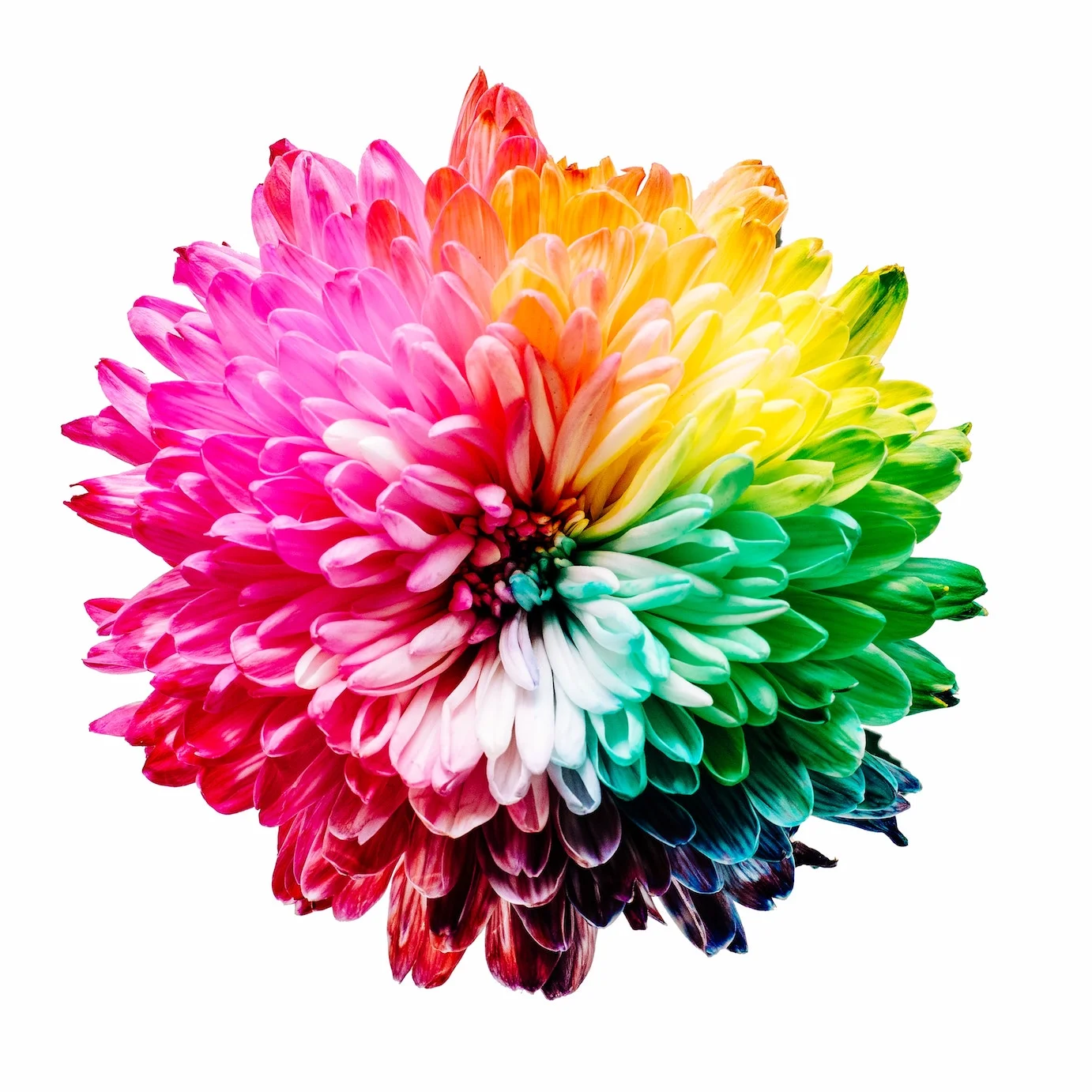By Carolyn Fox - Service Lead for Hearing Impairment & Specialist Speech and Language Therapist in Hearing Impairment
What is colourful semantics?
Speech and Language therapists work with children who find communicating tricky. This may be because they can’t produce some speech sounds, understand social rules for interacting or perhaps they have trouble putting words together to form sentences. Your speech and language therapist will be able to give you information on how to support your child’s language using different strategies. In this blog however, we will look at one therapy approach used by many speech and language therapists, Colourful Semantics (CS), created by Alison Bryan. Have you heard of it? Perhaps you and your speech and language therapist are already using it or some of its principles.
CS uses a colour coding system to highlight words within sentences. Splashing words with a little bit of colour helps children identify them, increases the predictability of what is coming next and makes it more likely that they will, after enough practice, be able to independently make the sentences following the colour coding rules.
Let’s paint the scene for you
Having visual information helps children tune in to what they see as well as what they hear. Using colour gives children an additional hook to pin the language on to while they learn, providing them with the language boost they need.
Still a bit blurry? Let’s paint a sentence for you!
Carolyn is eating an apple at home.
There are different parts that make up this sentence:
Why we love colourful semantics
Giving your child a structure for supporting their word order can help them express themselves and it will also help when it comes to writing. We love CS because it offers an easy to use way to do this. One colour follows another, so your child can do this themselves once they have learnt the colour coding rule and then you can check together that the words are in the correct order. Using a sentence strip like the one below can prompt your child to put the pictures in the right order:
This approach to language learning can be used at almost any stage. Your little language learner might just be starting to understand the concept of ‘who’, perhaps they are putting two words together or they may even be constructing more complex sentences. CS provides a flexible approach and can help expand your child’s sentences regardless of where they are on their journey.
You can spend time focusing on the important concepts such as ‘who’, ‘where’ and ‘what’ before you begin putting sentences together. This can be lots of fun and ensures your child has a good grip of these concepts before moving forward. For example, if you are teaching your child ‘who’, take a blank orange (the who colour) sheet of paper and find lots of different pictures of people or animals. You can have fun cutting these out from magazines or looking through family photos. As you look through the pictures place them on the orange card. It is important to emphasize the words ‘who’ and ‘orange’ so your child makes the link between the two as this will help with sentence building later. You can say things like ‘Who is this?’, ‘It is grandma’, ‘That is who it is’, ‘Who is orange, I will put it on the orange card’
You can follow the method described above for ‘who’ with all the different coloured parts of a sentence e.g. ‘doing’, ‘what’, ‘where’. Once your child is confident, you can mix up the pictures and see if you can sort them on to the right coloured cards.
CS not only helps children learn the sentence components and construct sentences, it also supports them in understanding questions and asking them. Whilst using this approach, as you emphasize the key words and colours, they will learn to pay attention to questions e.g. ‘Where did she go?’, ‘Can you find the blue word?’, ‘That is right’, ‘she went to the cinema’, ‘you found the blue word’, ‘where’.
You can get as creative as you like! Once your child is confident, help them to expand their vocabulary by prompting for alternative orange, green and blue words. This will teach them that sentences change and are flexible. They can explore sentences and change words all within the safety of this neat colour system! Eventually this will support storytelling, making up alterative endings and beginnings and helping them order their story!
Get a little silly! An important part of learning language is to make sure it is as fun as possible. We all learn the most when we can have a good giggle. Have words for each part of the sentence written on different coloured card that your child can chose randomly, then following the order of the colours, they can make their own silly sentences.
Need more inspiration?
If you would like any more information on how to use colourful semantics or think it might be a useful approach for your child, then why not contact one of our therapists at Magic Words!
Have fun!






